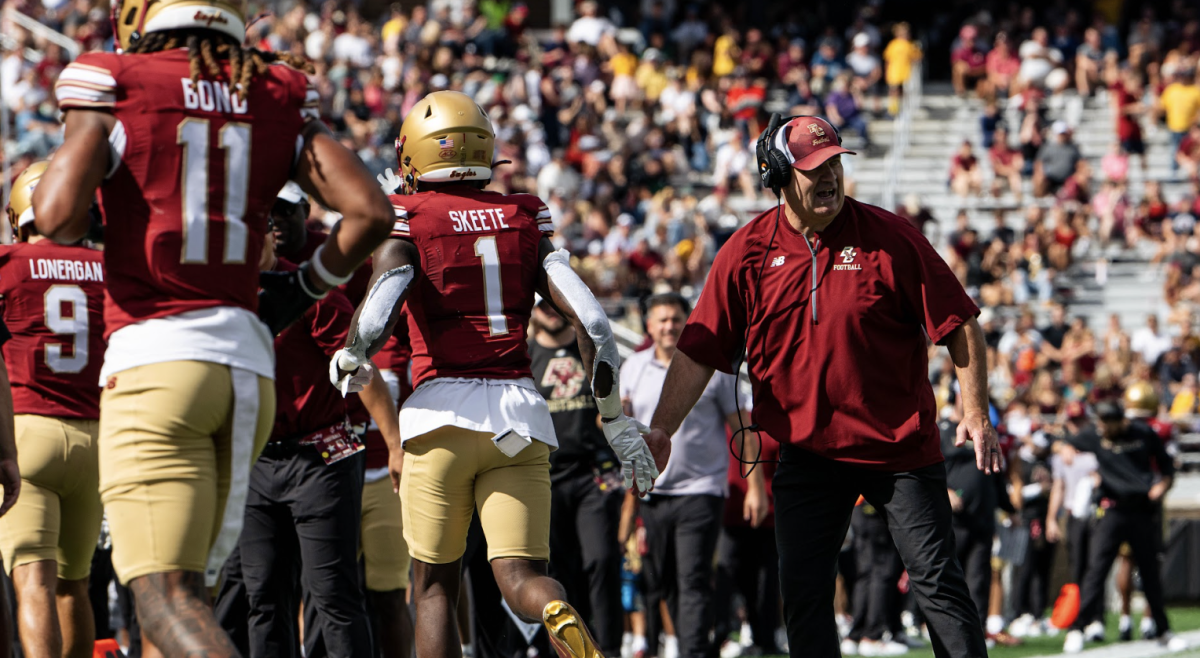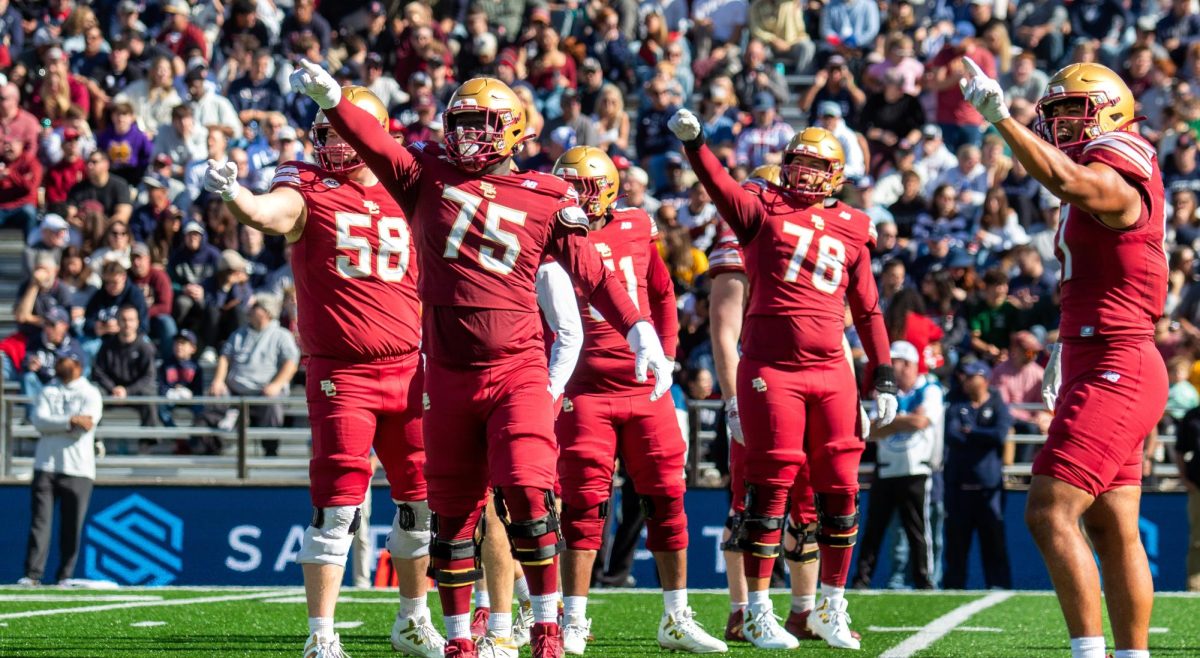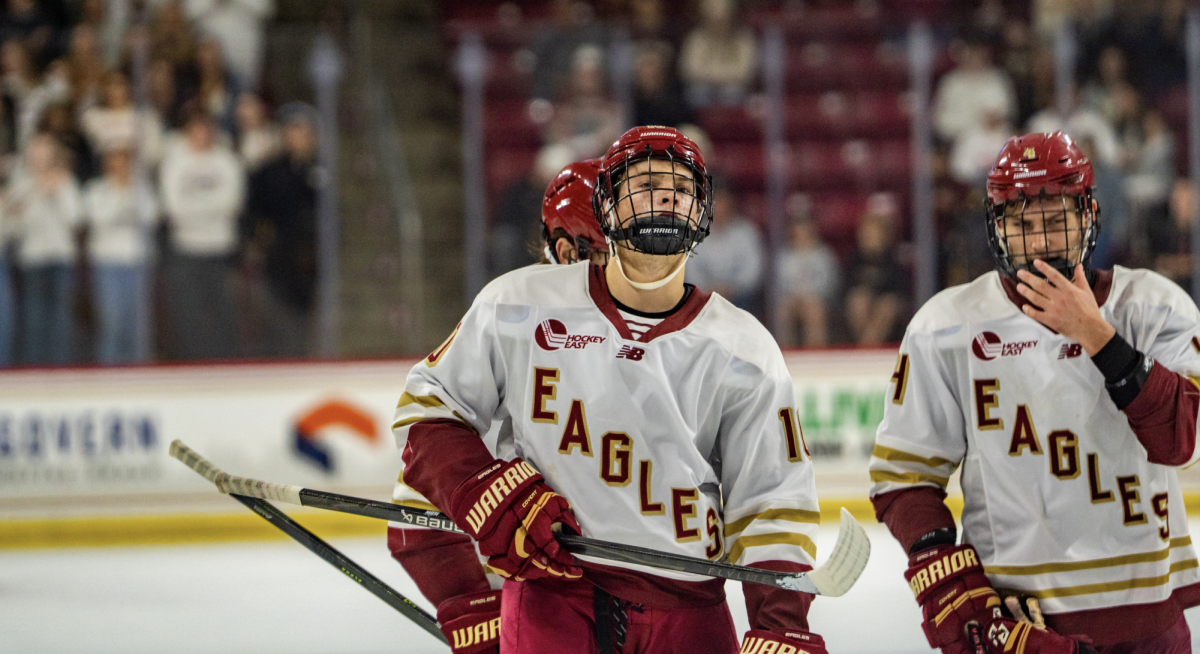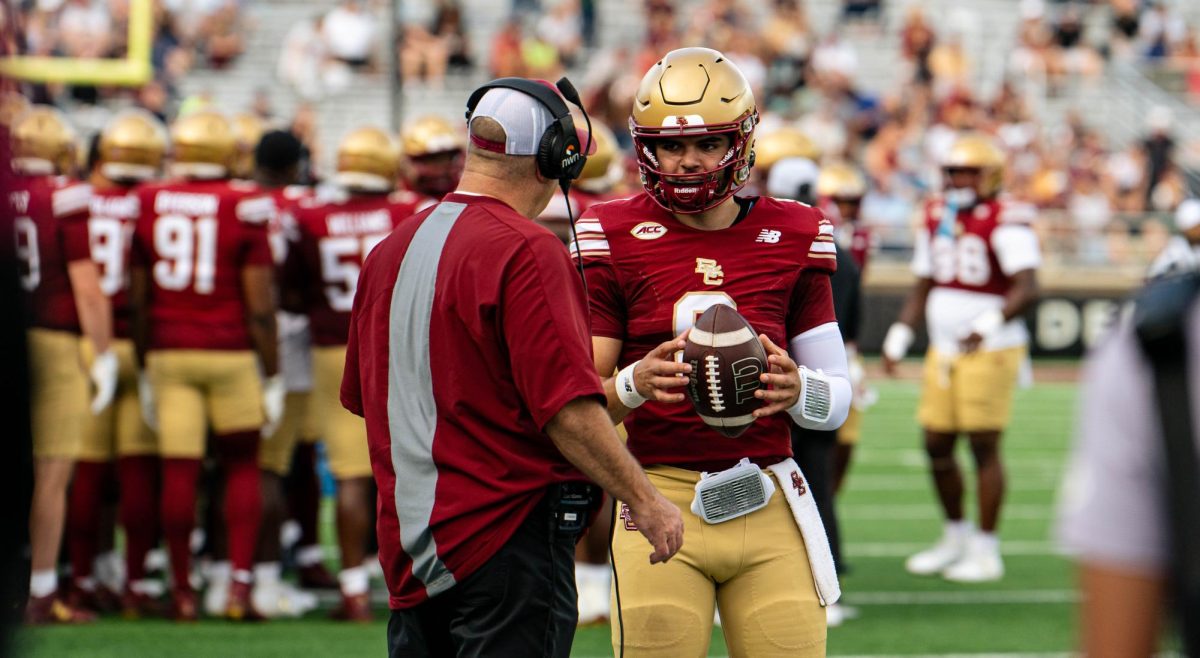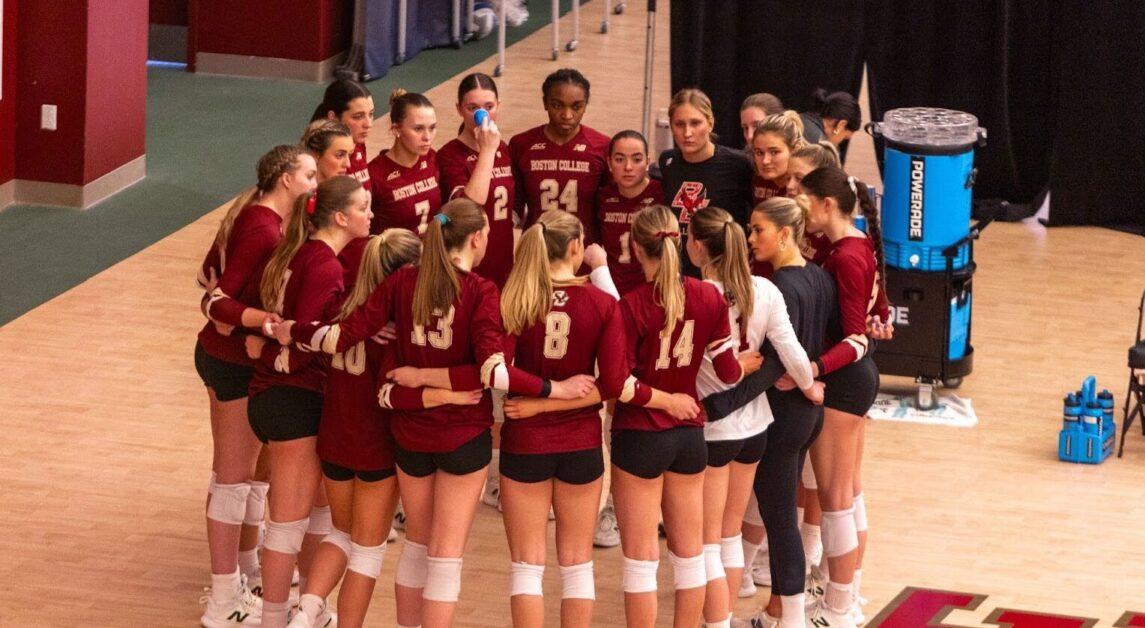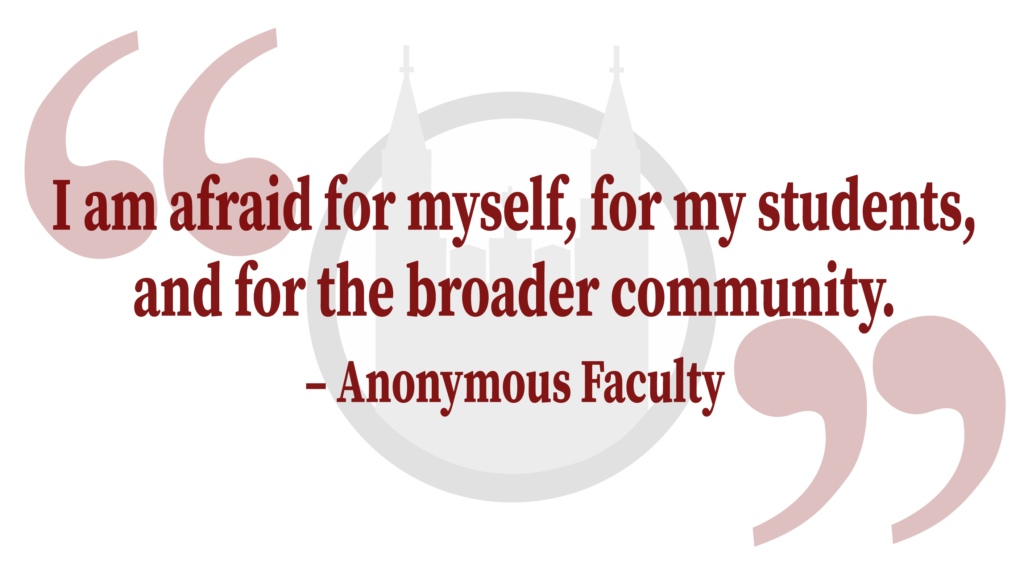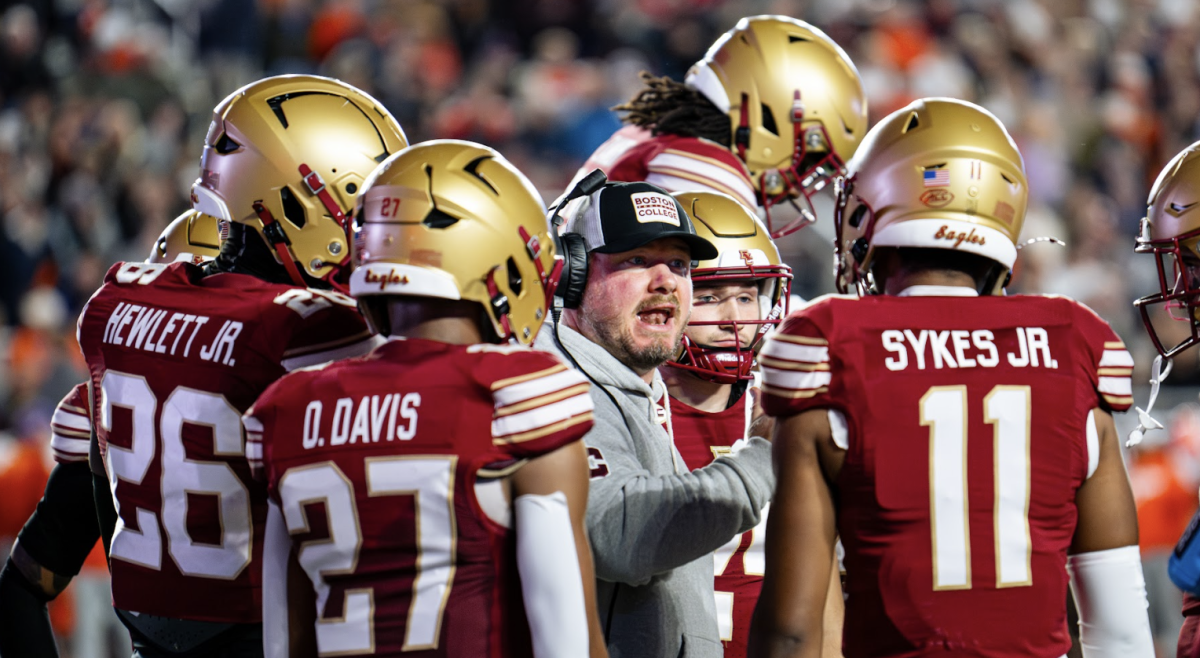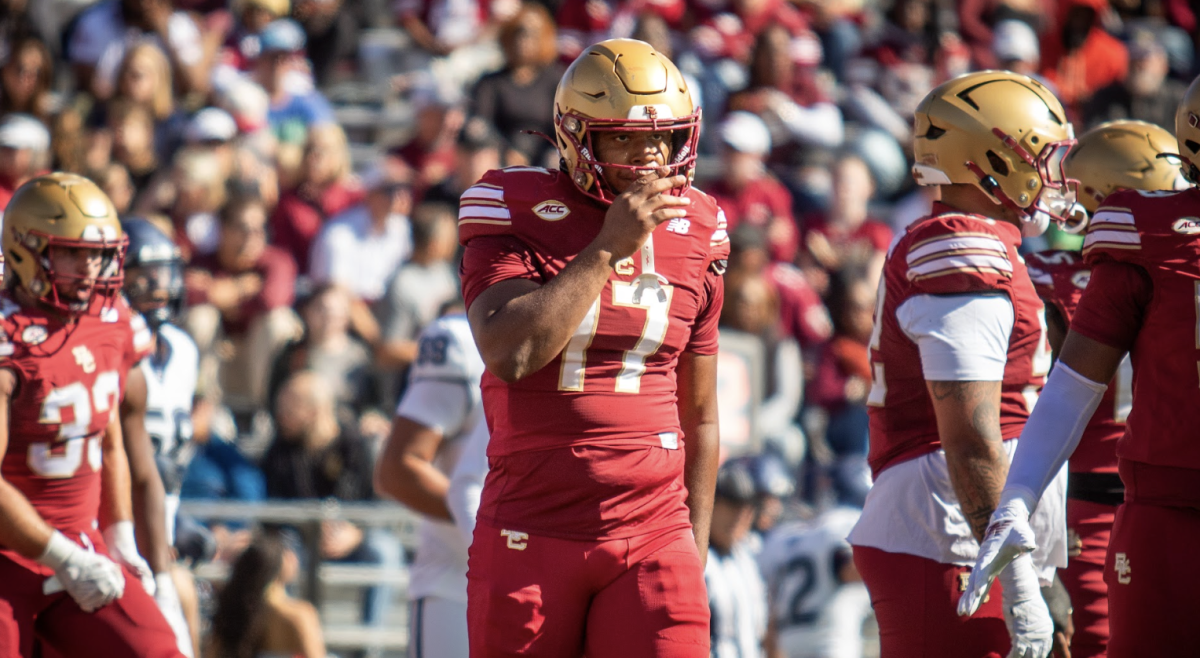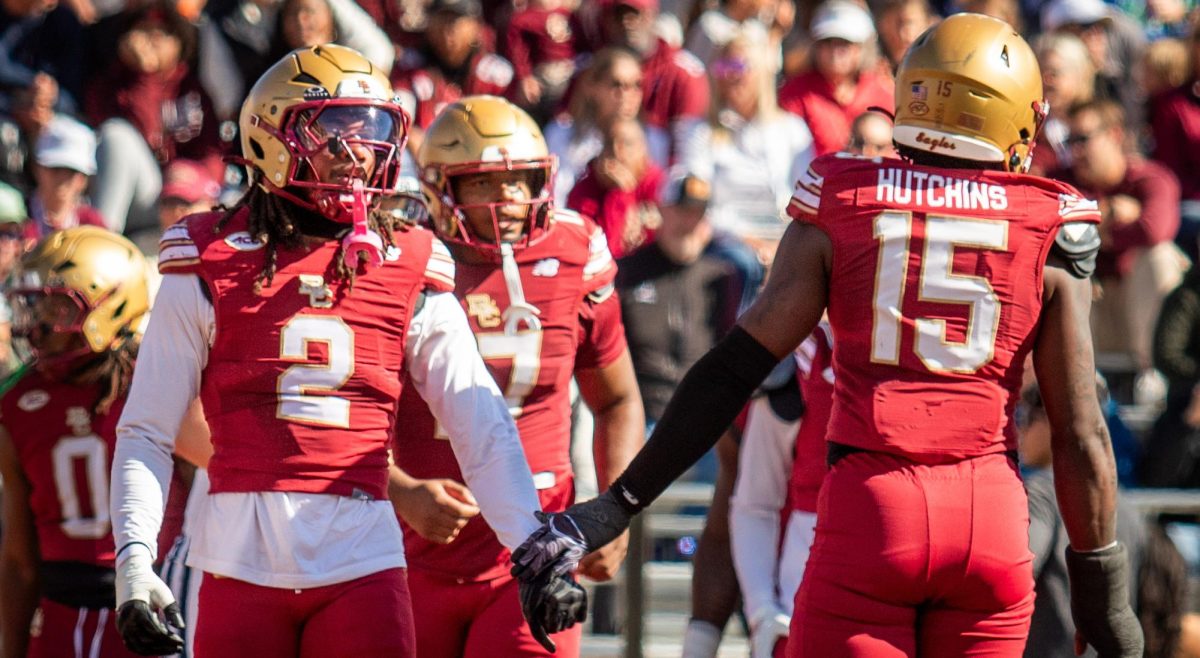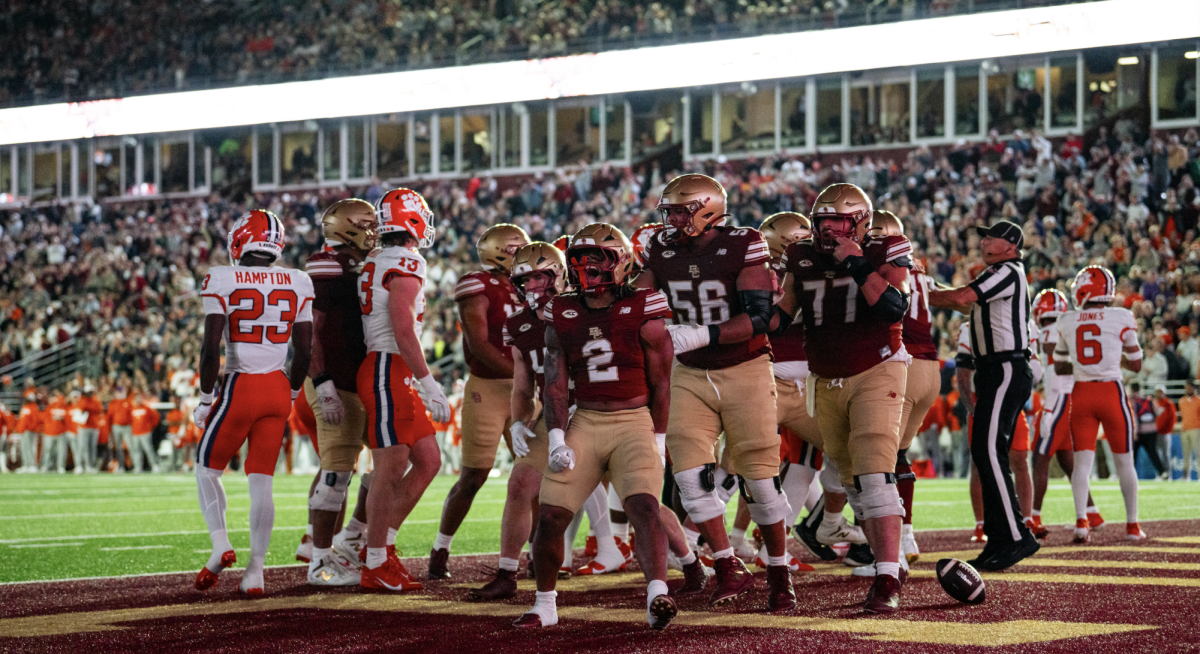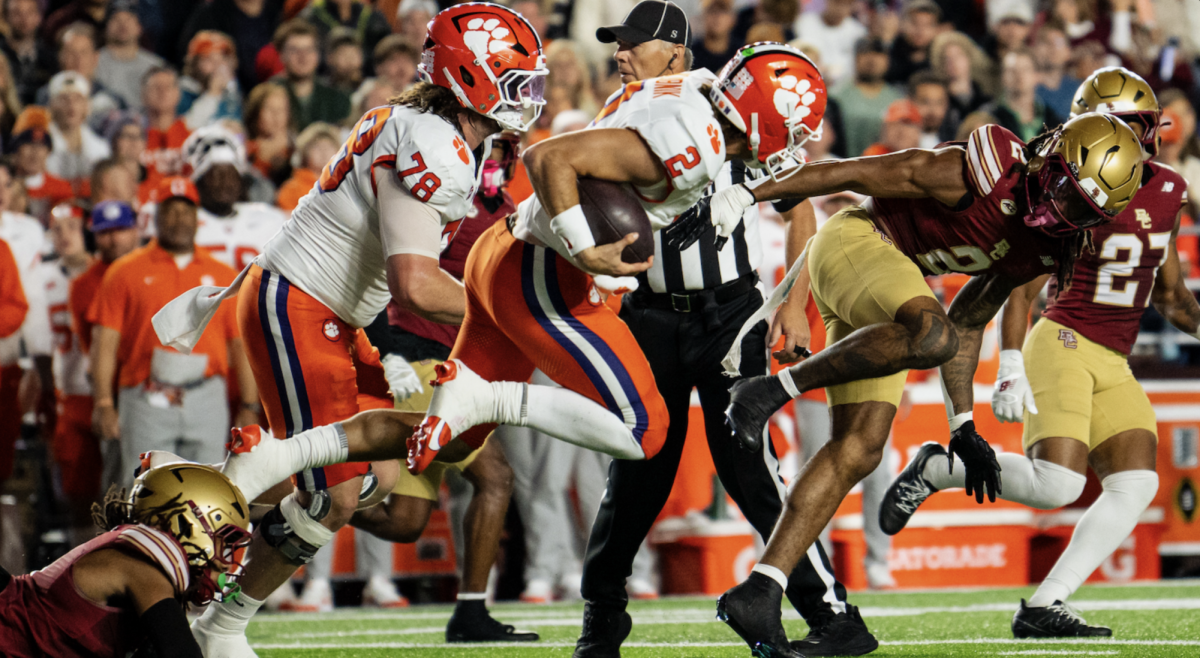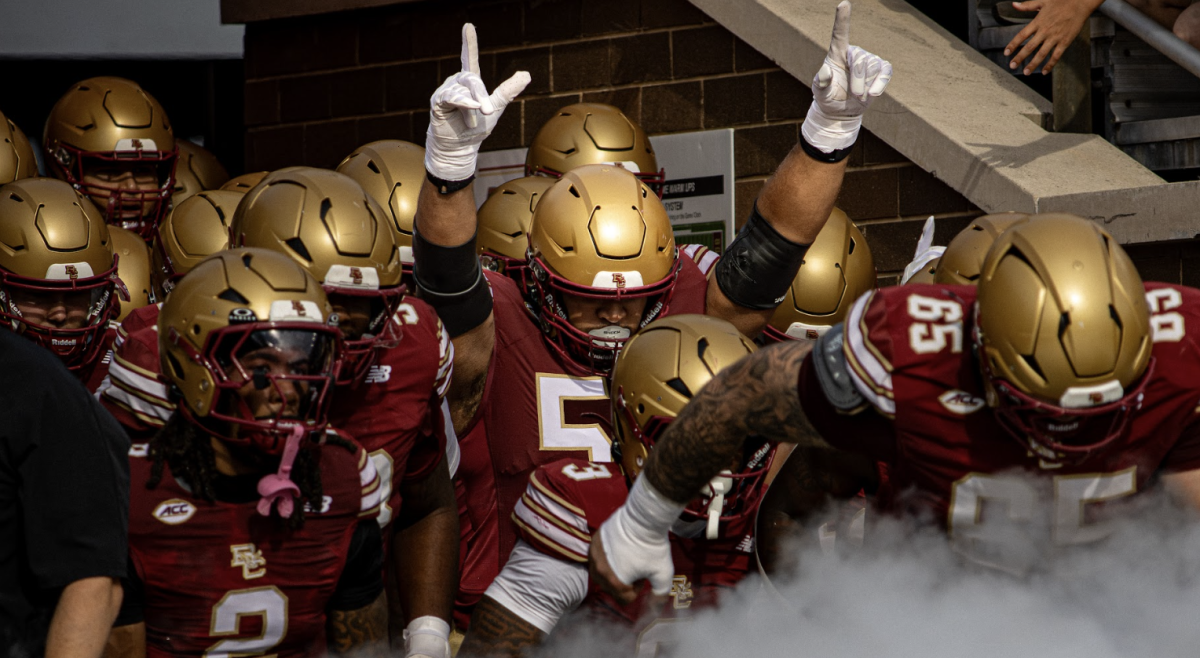I’m hard-headed. My opinions rarely shift, and I keep my convictions strong. It’s not a quality I’m proud of, just one I have a hard time shaking. And entering this job in January 2015, my ideas were firm with regard to the payment of college athletes: they get a full scholarship, plus any added unspeakable perks that cause the NCAA to get into a hissy fit.
But I’ve finally broken. I’ve learned enough about the NCAA and its unjust stance toward athletes. I’m talking about denying Cheick Diallo and Tacko Fall eligibility with unbased investigations into their academic pasts. Or denying all of us the chance to watch an 18-1 SMU men’s basketball program, which is banned from March Madness for the wrongdoings of a player and administrative assistant. Or how about telling LSU running back Leonard Fournette that he can’t sign his jerseys and sell them for charity to help flood victims in South Carolina because it violates NCAA bylaws? Or how about …
You get the idea. Point is, I’m here to recant many of the thoughts I expressed in my first column of 2015.
In it, I weighed the pros and cons of Boston College’s decision to vote against the Power Five’s movement to allow cost-of-attendance payments to athletes. From a business standpoint, I still understand the motive behind Director of Athletics Brad Bates’ decision. Many schools, like BC, are not in the black—only 24 of 230 athletic departments generated a profit in 2014. BC would not get a substantial advantage in recruiting by filling this gap, as the stipends the University can dole out end up on the extreme lower end in the ACC, according to data compiled by The Heights in 2014. In addition, I’ve spoken with several athletes about this issue, many of whom don’t care one way or the other about getting a few extra bucks given the value of the great education this University provides.
But many recruits do care about how much money they can get. We can argue about whether that’s justifiable, but it’s a fact of this process. This decision paints BC in a negative light, as though the program doesn’t care much about its athletes. It generates negative press the program doesn’t want, and may turn blue-chip prospects’ attention to other programs. Bates and the administrations care deeply about their athletes, so that assessment may not be true. But when do perception and reality ever meet up?
So now, I’m an advocate of paying college athletes. But what I’m caught on is the perfect way to do it. I’ve seen a lot of proposals, many of which intend to simply give players a salary. I don’t agree with that because the work and time they put in is not so easily quantified. Plus, we have to take into account the fact that these players still get full scholarships (especially now that BC has agreed to pay cost-of-attendance to athletes).
But, of the million or so boys who play high school football across the nation, only 6.5 percent play in college. Of those that are college seniors in a given season (about 15,500), only 1.5 percent make the NFL, or about 300. By Year Four, half of those guys are gone. Given those stats, something has to be done to ensure college players’ financial security and safety.
Just take a look at how Marcus Lattimore’s career has collapsed. The star running back from South Carolina was poised to get paid big bucks after his breakout freshman season. But by NCAA bylaws, he had to remain in college at least one more year. So as a sophomore, Lattimore returned, only to tear ligaments in his knee. He was forced, then, to return in 2012 for his junior year to try and show NFL scouts that he was healthy. It worked, until he had another devastating injury in which he tore every ligament in his right knee.
Lattimore, a surefire first-round draft pick as a freshman, landed to the San Francisco 49ers in the fourth. By 2014, he was out of football altogether. A promising career had ended before it really began. Lattimore was deprived of the millions he could’ve gotten if he’d had the option to go straight to the pros.
There’s no way around it. Get them their damn money.
But how?
The most interesting idea I’ve heard is from New York Times sports business columnist Joe Nocera. He suggests a system in which every Division I men’s basketball and football team would use a salary cap ($650,000 for basketball, $3 million for football), paying each $25,000 as a minimum. Schools could recruit based on how much money they were willing to allocate to a player—under Nocera’s guidelines, mind you, the number of scholarships in football would be dropped from 85 to 60. These salaries can be tax deductible and paid through boosters, and the players can sign contracts forcing them to stay in college for X amount of years, a benefit to the universities. In addition, the National College Player Association (NCPA)—an advocacy group for college athletes—can grow into a full-fledged union that has a seat at the television rights negotiation table and can help set up funds for lifetime health insurance.
Whew. Got all that? There’s more that I’ve left out, but that’s the basic gist. It sounds really radical, with plenty of flaws. To unpack it, I shipped a few questions to Bates via email to better understand the possibility behind some of the policies proposed by Nocera. I don’t agree with everything he said, but it helps provide a better context than just passing judgment on an idea that seems good, but may have been without actual consultation from both sides.
For starters, the only real part of the plan that appeared to appeal to Bates was that he likes policies that maximize the NCAA’s development and health of students, such as the NCPA helping facilitate TV money into lifetime health insurance. But Bates dispelled Nocera’s notion that it shouldn’t be difficult for Power Fives to afford these salary caps. As previously stated, of the 230 athletic departments that publicly report profits, only 24 made money. Now, all 24 are Power Fives, but that’s only 24 out of 60. And, as we know, BC is not one of those schools. Bates also pointed out that parity would decrease even further if only a select few can actually fulfill the needs of a salary cap.
As far as the salary cap is concerned, Bates isn’t convinced. He is a firm believer that the full, debt-free scholarship an athlete receives, especially at BC, is an invaluable award that cannot be quantified so easily. But beyond his personal ideas, he doesn’t believe it’s a viable option whatsoever.
“I wonder about the tax implications of such a concept and whether an athletic scholarship will then be considered taxable,” Bates said. “In some models, the net value to the student could possibly be reduced.”
Bates is also not convinced, justifiably so, that having boosters transparently fund the salary caps would prevent them from making illegal payments, something I think we can all agree with (here’s to you, Nevin Shapiro). It’s also foolish, Bates believes, to base decisions on how long a student stays in college. After all, only eight schools had one-and-dones in men’s basketball last year. Rather, he referenced the NCAA’s recent decision to allow more time for men’s basketball players to decide if they’ll leave for the draft as a step in the right direction.
Bates and I disagree on Nocera’s proposal to take away scholarships given to football. I believe strongly in parity across the sport, and 85 is far too many. Reducing scholarships in football will spread them out among other sports, male or female, allowing them to grow as well. This should be the goal of a holistic athletic department, as far as the NCAA publicly claims at least, rather than funnelling money solely into football and men’s basketball.
Bates admits this but argues back that, although the NFL has only 53 roster spots, it can add players more easily than college football can. Universities are held back by admissions, the National Letter of Intent, and attrition, and cannot account for injuries. Again, also a fair point.
Realistically, then, what would the best option be? Well, while Nocera’s proposal overall might be ideal for some, the best option is likely one that he mentioned early in the column, called the Olympic model. Under this system, players would have the full rights over their likenesses. Players can generate their income from endorsements, autographs, jobs, controlling of their image and likeness on TV and in video games, and much more. To that idea, Bates’ response was insufficient for my liking.
“The concern, of course, is that payments for such items as autographs could be excessive and beyond commensurate,” Bates said.
I understand why it might be a moral issue, but I don’t agree that it’s a problem. The bigger problem is that the players weren’t getting paid for their likenesses in the first place.
With the Olympic system, any athlete can profit off it. This’ll help sports that aren’t profit sports but are regional, such as baseball to southern ACC schools and men’s and women’s hockey to BC and other schools in the North. Nocera’s other ideas benefit only men’s basketball and football and, in all honesty, hurt the other sports. In addition, it wouldn’t cause any overwhelming policy change by the NCAA and would cut down on ridiculous sanctions that the corrupt organization instills upon 18- to 22-year-olds.
So I implore the NCAA to go with the Olympic model. Because by caring so much about these actions and not allowing athletes to get the money they rightfully deserve, the NCAA only hurts the people it claims to care so much about, and its own self image. And I challenge Bates, one of the few ADs that publicly shows he cares for his athletes, to lead this charge for a fairer system.
Featured Image by Abby Paulson / Heights Editor

